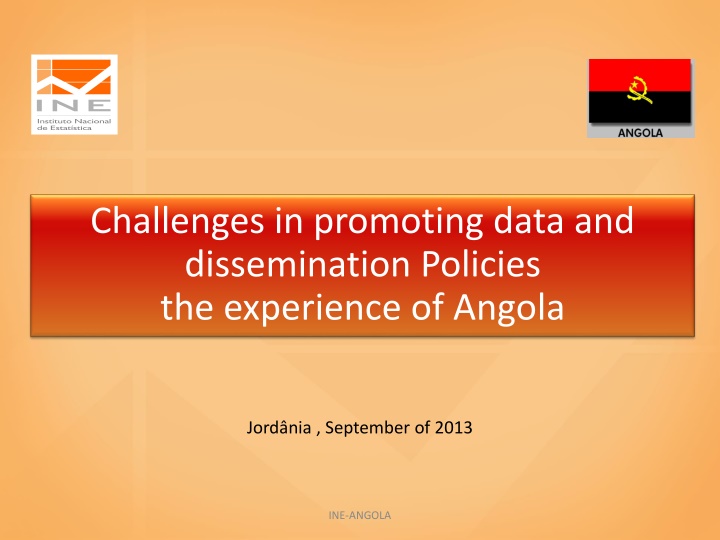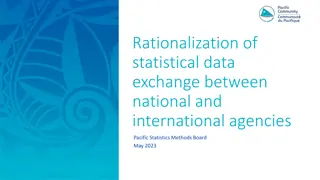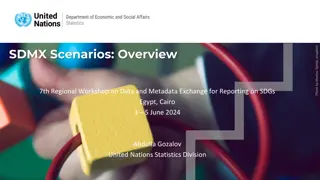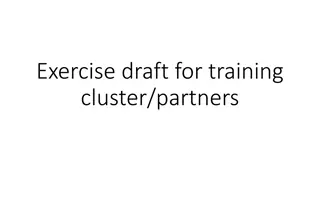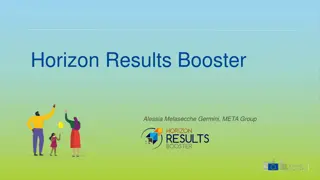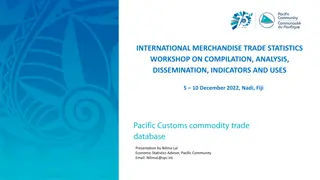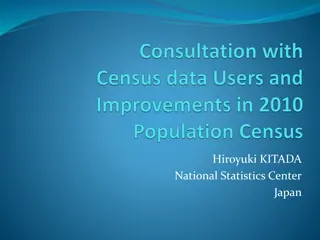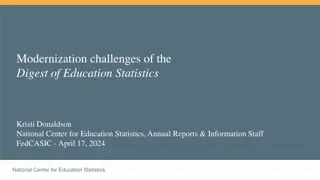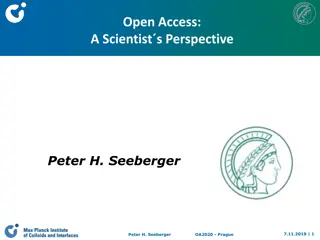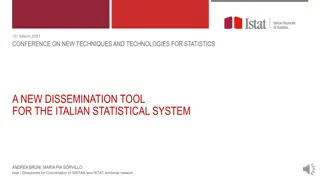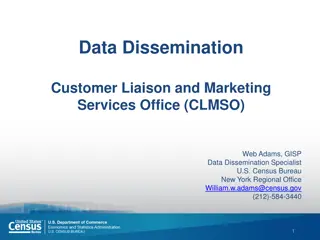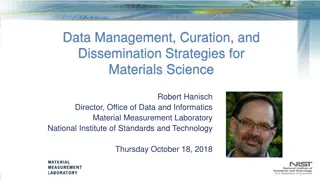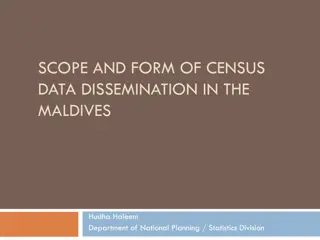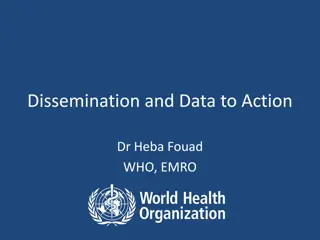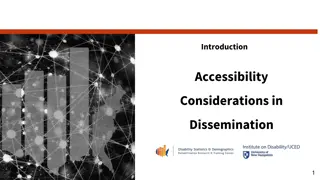Challenges in Promoting Data and Dissemination Policies: The Experience of Angola and Jordan
The presentation delves into the challenges faced in promoting data and dissemination policies in Angola and Jordan, highlighting historical contexts, milestones in microdata availability, and the shift towards long-term strategies. It discusses the transition from conflict to peace, the development of the national statistical system, and the increasing demand for microdata.
Download Presentation

Please find below an Image/Link to download the presentation.
The content on the website is provided AS IS for your information and personal use only. It may not be sold, licensed, or shared on other websites without obtaining consent from the author.If you encounter any issues during the download, it is possible that the publisher has removed the file from their server.
You are allowed to download the files provided on this website for personal or commercial use, subject to the condition that they are used lawfully. All files are the property of their respective owners.
The content on the website is provided AS IS for your information and personal use only. It may not be sold, licensed, or shared on other websites without obtaining consent from the author.
E N D
Presentation Transcript
Challenges in promoting data and dissemination Policies the experience of Angola Jord nia , September of 2013 INE-ANGOLA
Structure of the Presentation Framing of theme 1 historical context a Role of INE 2 Shares of INE a Milestones in the availability of microdata for public consumption Challenges 3 Demand for microdata a INE-ANGOLA
FRAMEWORK Feature Period 1975 Difficulty of promoting sustainable development and comprehensive; Development strategies for short term/ emergency plans; Little culture of using statistical . Armed Conflict Luck of acess to the national territory From Conflict to peace; To one-party democracy; From Planned economy to market economy 1992 Transition period Partial acess to the national territory Start Of Production Of Microdata From Household Surveys (1990 2005) IDR Survey IPCVD - Poverty Profile, MICS I - Report MICS, IDCP Report IDCP Lei 15/96 of Statistical systemNational (SEN), from 27 from September 1996 2001 INE-ANGOLA
Framework Period Feature 2002 Shift from a short-term view to another medium/long term; Statistics Need; Need to promote the use of statistics Peace April de 2002 Gradual access to the territory Reform Amendment of the national statistical system national Lei 3/11 of the statistical system national, to 14 January 2011 Decision making processes increasingly grounded in official statistics Integrated survey/welfare of the population (IBEP) First survey of national coverage (2008-09) 5 performed surveys:QUIBB, MICS, IDR, IEA, IBEP Increasing demand for microdata growing Preparation of the first RPGH-2014 INE-ANGOLA
Frame Surveys Period Surveys/Publication IPCVD - Poverty Profile MICS I MICS Report IDCP IDCP Report 1995-1998 IDR I Poverty Profile , MICS II Tables Report Analytical Report 2000 - 2006 2008 - 2011 IBEP (IDRII, MICS III) V.I e V II Report IEA I, II, III for publishing Preparation of the first RPGH-2014 2011 2014 INE-ANGOLA
Shares of INE Milestones in the availability of microdata for public consumption According to the national development plan 2013-2017, it s being drafted national strategy for the development of statistcs in Angola 1 ... To develop a policy paper of data dissemination law 3/11 de 14th January 2 ... To anonymize and document all microdata collected by INE in the period between 1990 to 2013, to create: 3 a) National Archive data of the National Statistical Institute b) ANDINE- using the principles and methods by International Household Survey Network IHSN 4 . Laboratory Research (Dumb computer) . Data Warehouse, www.ine.gov.ao 5 INE-ANGOLA
Challenges of INE Combined with short-term change to another mediun/long-term processes of decision making are incresingly grounded in official statistics. Consequenty, there is na increasing demand for the use of microdata INE faces challenges such as: 1 Experience and expertise (insid and outside SEN) limited 2 workload (2 decades of production microdata) too high 3 Luck of data dissemination timely Great pressure on the human resources available due to other commitments SEM(preparation of the census of 2013, other current business, etc.) 4 INE-ANGOLA
THANK YOU INE-ANGOLA
